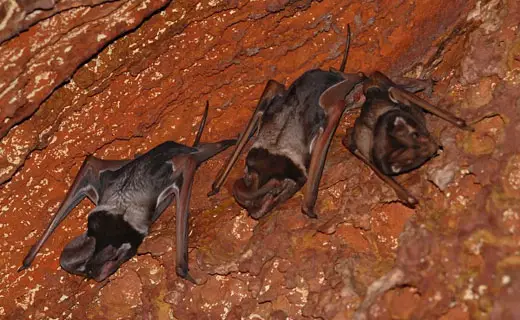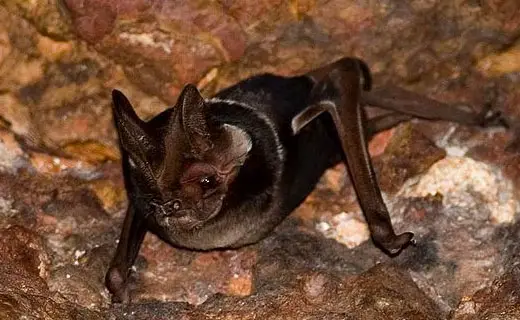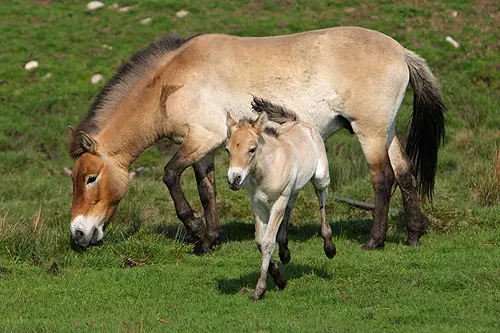Wroughton’s free-tailed bat
Wroughton’s free-tailed bat can be found exclusively in India and Cambodia and is one of the rarest species on bat on planet earth. Its population numbers are unknown but there is hope that the Wroughton’s free-tailed bat may have more localized populations that have not yet been discovered. Wroughton’s free-tailed bat was previously considered as one of the most critically endangered species of bat with a small population living in a single cave in India and while Wroughton’s free-tailed bat is still classed as critically endangered explorers came across a group of these elusive bats in Cambodia in 2000 and a third group a year later.

Part of a small family group
Although groups of Wroughton’s free-tailed bat have only been discovered in natural cave systems so far Wroughton’s free-tailed bat is genetically a member of the Molossaide bat family and most bats in this family have also been known to roost in man made structures and even hollowed out trees. Unfortunately bats such as Wroughton’s free-tailed are extremely susceptible to habitat loss especially when it involves human activity with their cave systems, with the hope that these bats may roost in other areas comes the hope that maybe they aren’t as close to extinction as we believe.
Finding Wroughton’s free-tailed bat rooting in other environments would be a very important discovery. Wroughton’s free-tailed bat’s can be distinguished from other similar species of bat by looking at their physical characteristics. With long pointed ears, hairless face and a prominent nostril structure Wroughton’s free-tailed bat may not sound very different to other bat families and its velvety soft dark brown fur doesn’t help either, however Wroughton’s free-tailed bat’s have a distinct white trim that runs their flank from groin to armpit and a similar gray color across their shoulders, chin and torso. Other distinguishing features include a throat sack on both males and females and a long tail that extends the tail membrane giving these bats the name Wroughton’s free-tailed bat.

Wroughton's free-tailed bat close up
Not much is known for sure about Wroughton’s free-tailed bat however judging by the behavior of other molossaide bats it is believed that Wroughton’s free-tailed bat feeds primarialy on insects and have one offspring per year. It is known that like most bats Wroughton’s free-tailed bat is nocturnal and lives in small groups of up to 7 or 8 individuals.


